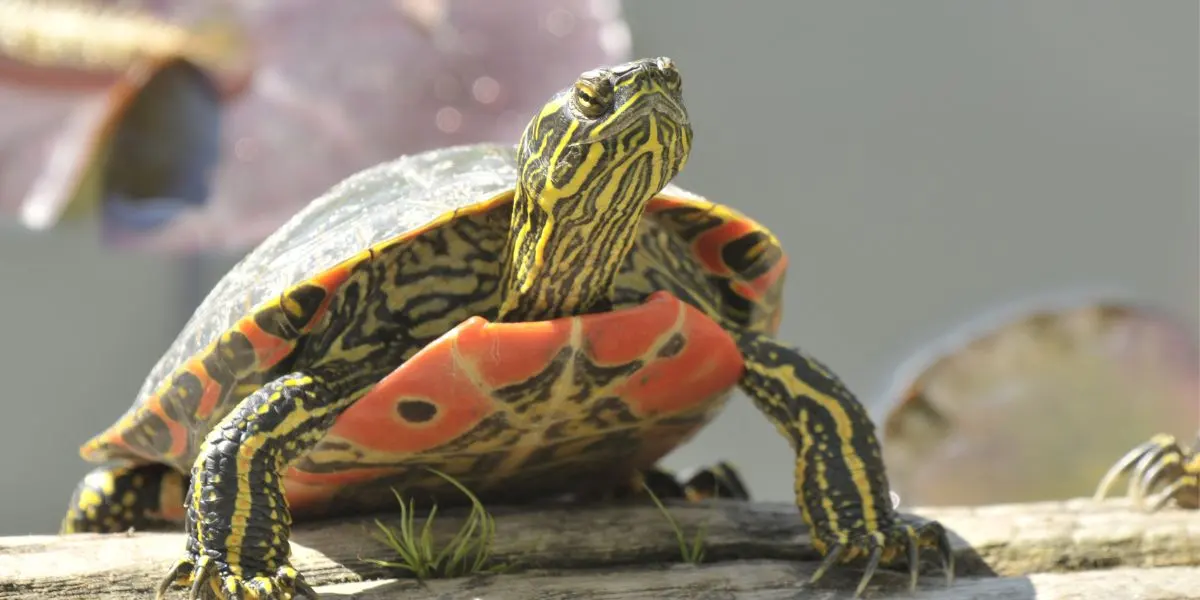Garter snakes, with their slender bodies and distinctive patterns, are a common sight in many parts of the world. These non-venomous snakes belong to the genus Thamnophis and are known for their adaptability and wide distribution.
While some may view garter snakes as nothing more than garden pests or creatures to be feared, they actually serve important ecological roles and have various benefits to ecosystems and humans.
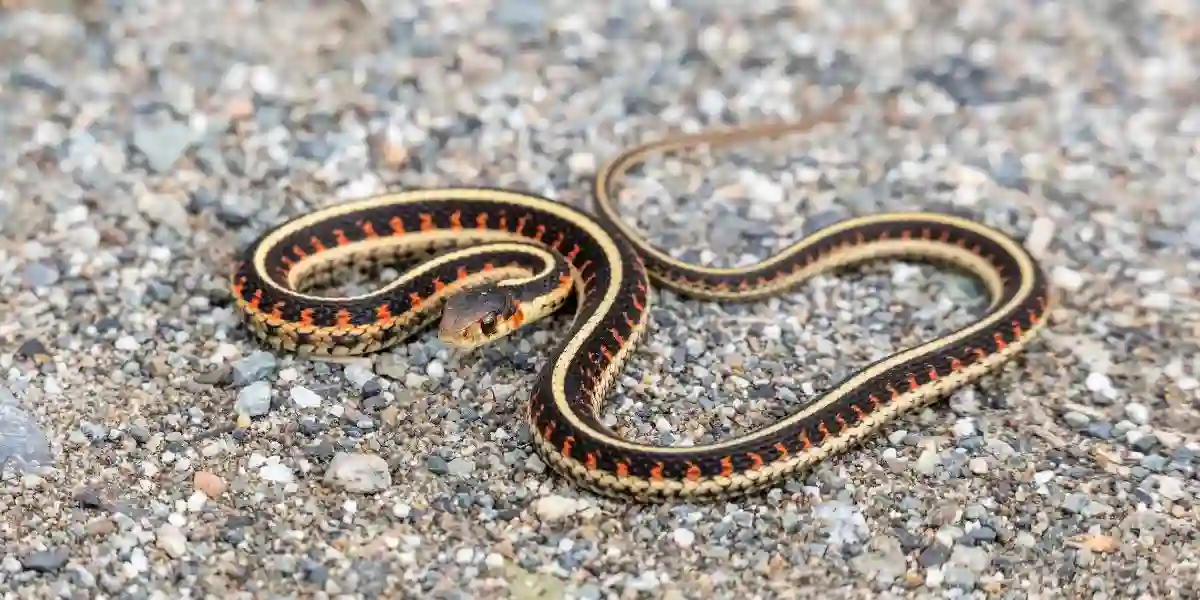
Garter snakes may not be the most glamorous or revered creatures, but they play a crucial role in maintaining the delicate balance of ecosystems. From controlling pest populations to promoting plant diversity, these snakes contribute in ways that are often overlooked.
Additionally, garter snakes offer benefits to humans, such as pest control in agriculture and educational value. By understanding and appreciating the ecological roles and benefits of garter snakes, we can work towards preserving and protecting their populations.
Ecological Roles of Garter Snakes
Garter snakes play a vital role in maintaining the balance of ecosystems through their ecological roles. Let’s explore two key roles they fulfill:
A. Predation on pests
- Control of rodent populations: Garter snakes are voracious predators of rodents such as mice and voles. By keeping rodent populations in check, they help prevent damage to crops and reduce the spread of diseases carried by these pests.
- Consumption of insects and slugs: Garter snakes also have a taste for insects and slugs. They help control populations of these pests, which can be detrimental to gardens and agricultural crops. By keeping insect populations in balance, garter snakes contribute to the overall health of ecosystems.
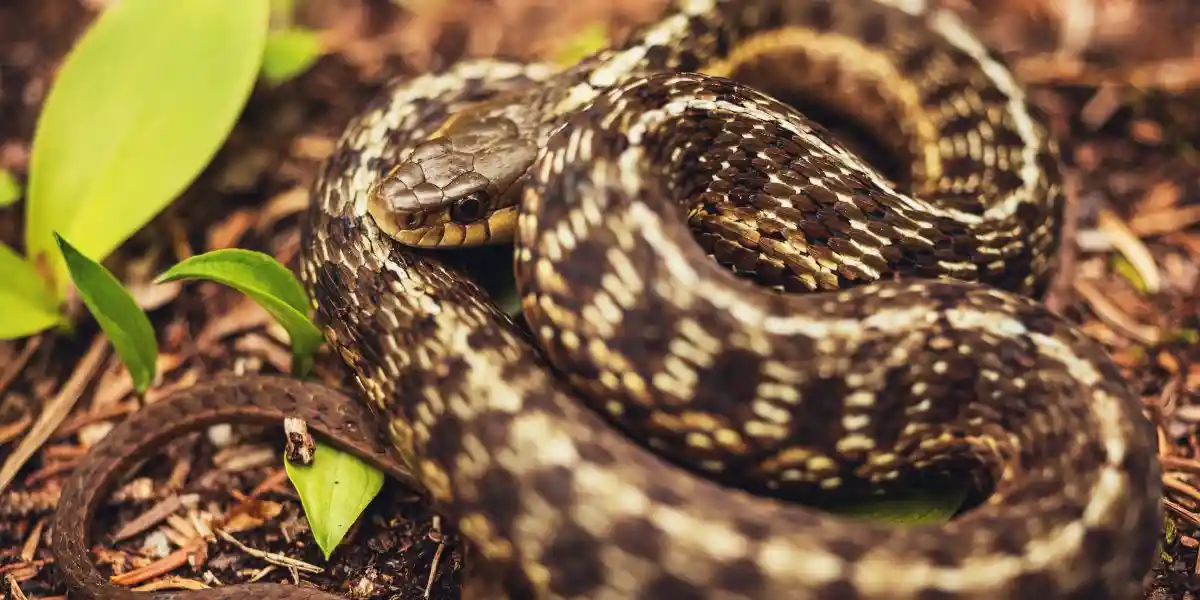
B. Role in food chains
- Prey for larger predators: Garter snakes serve as a crucial food source for larger predators such as birds of prey, raccoons, and larger snakes. Their presence in the food chain ensures the survival and well-being of these predators, contributing to the overall biodiversity of ecosystems.
- Provide food for birds of prey and other animals: Garter snakes are an important food source for various animals, including birds of prey like hawks and owls. By providing a readily available food source, garter snakes support the survival and reproduction of these predators, helping to maintain the delicate balance of ecosystems.
Garter snakes, with their predatory nature and role in food chains, play a significant part in maintaining the ecological health of their habitats. However, their contributions extend beyond predation.
Benefits of Garter Snakes to Ecosystems
Garter snakes offer several benefits to ecosystems, contributing to their overall health and functioning. Let’s explore two key benefits:
A. Seed dispersal
- Consumption of fruits and spreading seeds: Garter snakes have been observed consuming fruits and berries. As they move through their habitats, they inadvertently disperse seeds through their feces. This process helps promote plant diversity and regeneration by aiding in the dispersal of seeds to new areas.
- Promote plant diversity and regeneration: By dispersing seeds, garter snakes play a crucial role in promoting plant diversity. The seeds they spread can germinate and grow into new plants, contributing to the overall biodiversity and resilience of ecosystems.
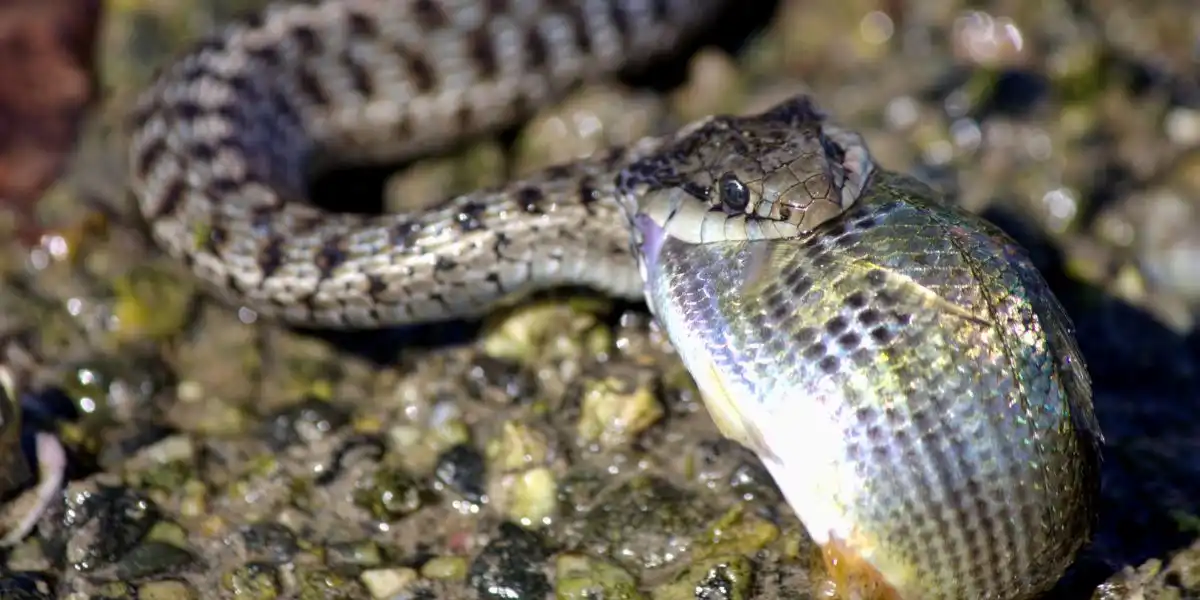
B. Nutrient cycling
- Decomposition of organic matter: Garter snakes, like other snakes, play a role in the decomposition of organic matter. When they consume prey, they break down the organic material and release nutrients back into the ecosystem through their waste. This process contributes to nutrient cycling, ensuring the availability of essential nutrients for plants and other organisms.
- Contribution to soil fertility: The decomposition of organic matter by garter snakes helps enrich the soil with nutrients. This enhances soil fertility, supporting the growth of plants and contributing to the overall health of ecosystems.
The benefits provided by garter snakes to ecosystems are crucial for maintaining the balance and functioning of natural habitats. However, their contributions extend beyond the realm of ecosystems.
Benefits of Garter Snakes to Humans
Garter snakes, despite their often misunderstood reputation, offer several benefits to humans. Let’s explore two key benefits:
A. Pest control in agriculture
- Reduction of crop damage by rodents: Garter snakes play a significant role in controlling rodent populations, which can cause extensive damage to agricultural crops. By preying on rodents, these snakes help minimize crop losses and protect farmers’ livelihoods.
- Decreased reliance on chemical pesticides: The presence of garter snakes in agricultural areas can reduce the need for chemical pesticides. By naturally controlling pest populations, these snakes offer an environmentally friendly alternative to chemical pest control methods, reducing the use of potentially harmful substances.
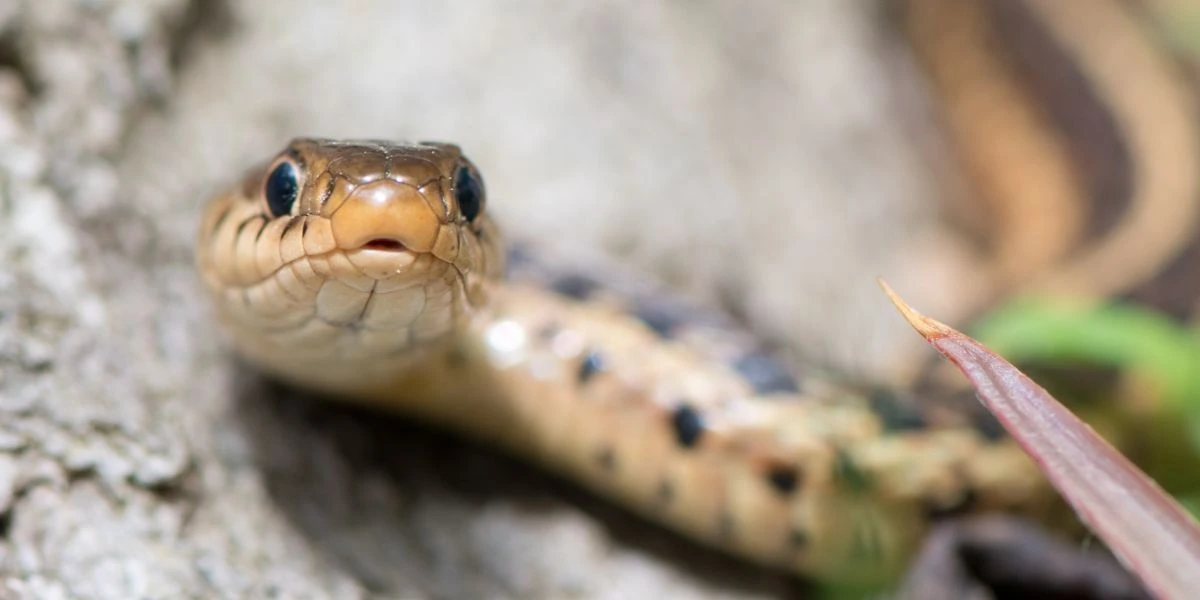
B. Educational and research value
- Study of snake behavior and biology: Garter snakes, being easily accessible and relatively harmless, provide an excellent opportunity for researchers and scientists to study snake behavior and biology. Their abundance and adaptability make them ideal subjects for understanding various aspects of snake ecology and physiology.
- Promote understanding and conservation of ecosystems: Garter snakes, with their ecological roles and benefits, serve as ambassadors for the importance of preserving and conserving ecosystems. By studying and appreciating these snakes, humans can gain a deeper understanding of the interconnectedness of all living organisms and the need to protect and conserve natural habitats.
The benefits provided by garter snakes to humans extend beyond pest control and educational value. They contribute to the overall well-being of ecosystems and promote a harmonious relationship between humans and the natural world.
| Fun Facts about Garter Snakes |
|---|
| Garter snakes are non-venomous. |
| They are found in North America. |
| Garter snakes are excellent swimmers. |
| Some species of garter snakes give birth to live young. |
| They have a wide range of colors and patterns, including stripes and spots. |
| Garter snakes are known for their ability to release a musky odor when threatened. |
| They are adaptable and can be found in various habitats, including forests, meadows, and even urban areas. |
| Garter snakes are considered keystone species, playing important roles in their ecosystems. |
| These snakes hibernate during winter in large groups called “snake dens.” |
| Garter snakes have a unique defense mechanism called “death feigning,” where they play dead to deter predators. |
Frequently Asked Questions
Garter snakes serve several purposes in their ecosystem. They play a significant role in controlling populations of small rodents, insects, slugs, and other pests, making them valuable as natural pest control agents. Additionally, they contribute to the balance of the food chain by serving as prey for larger predators, such as birds of prey and larger snakes. Their presence in an ecosystem helps maintain the delicate ecological balance.
Yes, having garter snakes in your garden can be beneficial. As mentioned earlier, garter snakes help control populations of pests like rodents and insects, which can cause damage to plants. By preying on these pests, garter snakes can help protect your garden from infestations. They are generally harmless to humans and can be considered allies in maintaining a healthy and balanced garden ecosystem.
If you have garter snakes in your yard and you are comfortable with their presence, the best course of action is to leave them alone and let them go about their natural behaviors. Garter snakes are generally harmless and non-aggressive towards humans. They are beneficial for the ecosystem, as they control pest populations. However, if you find their presence undesirable or if you have concerns about safety, you can take preventive measures such as sealing gaps or holes that may serve as entry points to your yard.
It is generally recommended to avoid picking up garter snakes unless you have the necessary knowledge and experience to handle them safely. While garter snakes are not venomous and are generally docile, they may bite if they feel threatened or cornered. Their bite is not dangerous to humans, but it can still cause minor pain and discomfort. If you encounter a garter snake, it is best to observe it from a safe distance and let it move away on its own.
Yes, it is generally best to leave garter snakes alone and allow them to go about their natural behaviors undisturbed. Garter snakes are harmless to humans and play important roles in the ecosystem as pest controllers. Interfering with their natural behavior can disrupt their ecological functions and may cause unnecessary stress to the snakes. Observing them from a distance and appreciating their presence can be a more suitable approach.
The lifespan of a garter snake can vary depending on factors such as the species, habitat conditions, and availability of food. On average, garter snakes can live between 5 to 10 years in the wild. Some individuals may live longer, while others may have shorter lifespans. Proper habitat, sufficient food sources, and protection from predators contribute to their longevity.
Garter snakes are generally not aggressive towards humans. They are known for their docile nature and will typically try to escape or hide when they encounter humans or potential threats. However, like any wild animal, they may bite if they feel cornered, threatened, or handled improperly. It’s important to treat garter snakes with respect and caution, allowing them their space and avoiding actions that may provoke defensive behavior.
Conclusion
Garter snakes, often overlooked and misunderstood, serve important ecological roles and offer various benefits to ecosystems and humans. From their predation on pests to their role in food chains, these snakes play a crucial part in maintaining the balance of ecosystems. Additionally, they contribute to the health of ecosystems through seed dispersal and nutrient cycling.
The benefits of garter snakes extend to humans as well. They provide natural pest control in agriculture, reducing crop damage and decreasing reliance on chemical pesticides. Furthermore, garter snakes offer educational and research value, allowing scientists to study snake behavior and biology, while promoting understanding and conservation of ecosystems.
It is essential to recognize and appreciate the ecological roles and benefits of garter snakes. By doing so, we can work towards preserving and protecting their populations, ensuring the continued functioning and biodiversity of ecosystems. Let us embrace the presence of garter snakes and strive to coexist harmoniously with these fascinating creatures, recognizing their value in maintaining the delicate balance of the natural world.


